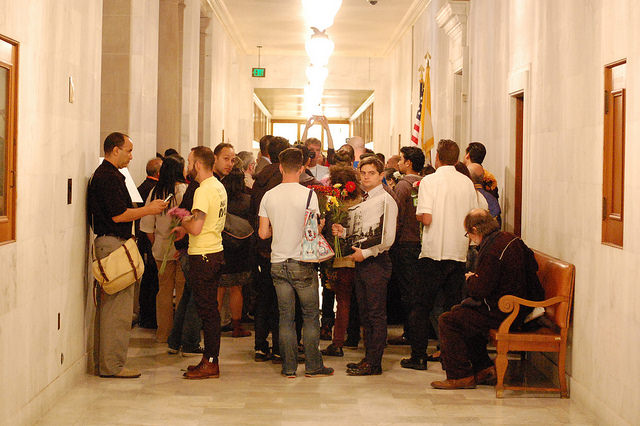Tag: economics
News
- Articles from Policy & Internet
- Books
- Call for Papers
- Child Safety
- Collective Action
- Conferences
- Democracy
- Development
- Economics
- Education
- Environment
- Ethics
- Governance & Security
- Health
- Interviews
- Mapping
- Methods
- Policy
- Politics & Government
- Publications
- Social Data Science
- Submissions Closed
- Tools
- Video
- Wellbeing
-

How Can Digitalisation Close the VAT Gap? Insights for Policymakers
By embracing digital transformation, policymakers can create more efficient, transparent, and fair tax systems that…
-

Exploring the Darknet in Five Easy Questions
—
in EconomicsWe caught up with Martin Dittus to find out some basics about darknet markets, and…
-

Digital platforms are governing systems—so it’s time we examined them in more detail
It’s important that we take a multi-perspective view of the role of digital platforms in…
-

Why we shouldn’t believe the hype about the Internet “creating” development
—
in DevelopmentDespite the vigour of such claims, there is actually a lack of academic consensus about…
-

Could data pay for global development? Introducing data financing for global good
Are there ways in which the data economy could directly finance global causes such as…
-

The blockchain paradox: Why distributed ledger technologies may do little to transform the economy
Applying elementary institutional economics to examine what blockchain technologies really do in terms of economic…
-

Uber and Airbnb make the rules now — but to whose benefit?
Outlining a more nuanced theory of institutional change that suggests that platforms’ effects on society…
-

Why are citizens migrating to Uber and Airbnb, and what should governments do about it?
What if we dug into existing social science theory to see what it has to…
-

Does a market-approach to online privacy protection result in better protection for users?
Examining the voluntary provision by commercial sites of information privacy protection and control under the…
-

Will digital innovation disintermediate banking—and can regulatory frameworks keep up?
The role of finance in enabling the development and implementation of new ideas is vital—an…
-

Examining the data-driven value chains that are changing Rwanda’s tea sector
—
in DevelopmentWhat role is new Internet connectivity playing in changing these sectors—which are often seen as…
-

Why haven’t digital platforms transformed firms in developing countries? The Rwandan tourism sector explored
—
in DevelopmentHave Rwandan firms been able to access online platforms? What impact has access to these…